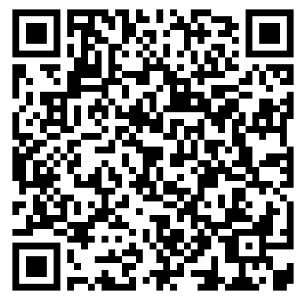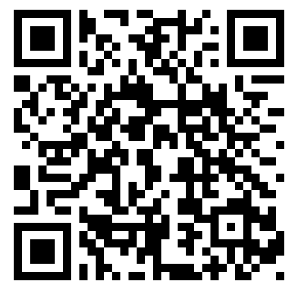Reflections on How to Choose Your Best Examples for ACCME Chapter on Educational Activities (C2-7)
Over the years, I have listened to clients struggle over the decision about which of their activities should be discussed in their examples for C2-7. Regardless of whether they have thousands of examples or a few dozen, the discussion always seems to go something like this:
We want to put our best foot forward … We want to use our best examples … We had tremendous responses for this particular activity. Let’s use this one … We received lots of commercial support for that one … We had hundreds/thousands of attendees at this one! We should use it.
In all cases, of course, they are trying to make the best selection for their two or three examples for C2-7.
The ACCME guide asks providers to ‘tell their story’ and so they should. But like any good author, some of the initial questions should be: Who is my reader? What are they looking for in my examples?
Launching off with your ‘best’ as described above doesn’t always answer those two questions. Often it isn’t until two-thirds of the way through writing the first or second example when writers throw up their hands up in the air and start over with another example. This is often because while they realize that maybe the format was great, their documentation of the resolution process wasn’t up-to-par; or, they realize that their compliance with the SCS was stellar, but their underlying educational needs documentation was weak.
So with the above considerations as context, the following thoughts represent a few ideas to avoid these frustrations:
1. Start with the criteria and follow the ACCME guide exactly. This seems obvious but it isn’t. Before your fingers hit the keyboard, think about your examples from the specific guidelines laid out in: C2-A (gaps), C2-B (underlying causes), C3, C5, C7 and the applicable SCS. That is it – nothing else (click here to link to ACCME guide to reaccreditation) or click on QR Code #1 below, left.
2. Review the criteria that the surveyors are asked to complete when they review your self – study. Start with the end in mind and ‘teach to the test.’ This is a mantra that I heard many fellow teachers remark upon as they faced standardized testing for their students, and I think that it is highly relevant here (click here to link to the ACCME surveyor report form) or click on QR Code #2 below, right.
3. There are no ‘extra’ marks for an in depth discussion about collaboration or sterling evaluation outcomes. There is an opportunity to talk about those criteria in C11-13 and C16-22; it just isn’t necessary in this chapter.
4. Think carefully about what is required for the SCS. Importantly, can you clearly address and provide evidence of disclosure received in a timely manner for everyone that affected the content of the activity (planners, reviewers, faculty, editors, and staff if appropriate)? Second, can you demonstrate that the information collected is relevant? Third, can you demonstrate that relevant conflicts of interest were resolved? Finally, can you demonstrate that all relevant financial relationships were disclosed to learners? In addition, can you demonstrate how you ensured that your activity was developed free of the influence of any commercial interest? Each of those elements is important and required for compliance.
5. If you receive commercial support for your overall CME Program, consider selecting a commercially supported activity as one of your examples. If you have both enduring and live activities, then choose one enduring and one live. Do you have both direct and joint providerships, then choose one of each. The aim here is to avoid, as much as possible, a repetition of the process for each example. That being said, stick to the yardstick and focus your description on exactly what the ACCME guide asks of you.
6. Consider starting each of your examples with an overview of the activity in order to give your reader an idea of the genesis of the activity and a brief description of the scope of the activity. All of this introductory information provides the reader a ‘fly-leaf’ orientation before digging into the criteria.
7. If you are suffering from a serious writer’s block, consider picking your favourite criterion, or one that you are most familiar with, and write it first. Then move throughout the criteria and build the chapter as you continue writing.
There is no question that C2-7 is a big chapter with lots of criteria and their documentation including the SCS. But using a few of the tactics and techniques outlined above will go a long way toward avoiding false starts, allows a more efficient use of precious time, and provides straight-forward evidence of compliance.


